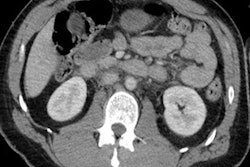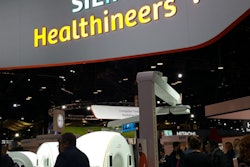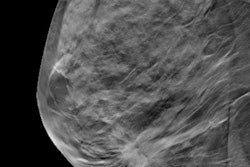Dear CT Insider,
Visceral injuries and abnormalities often are readily identified using CT, but hypovolemic shock is less common and harder to diagnose, according to Irish researchers, who think it's vital to bear in mind how CT findings can allow correlation of imaging studies to the pathophysiological response to hypovolemic shock.
So what exactly are the signs of hypovolemic shock? To find out, click here.
In Russia, an audit service is helping to reduce costs, boost productivity, and sharpen radiologists' skills. The Unified Radiological Information Service in Moscow already assessed 150 CT, MRI, and mammography systems across 64 outpatient departments, and the service is gearing up for further expansion. Click here to read more about the venture.
Dr. Marc Dewey from Charité-Universitätsmedizin Berlin will give a keynote lecture at next week's ECR 2018 in Vienna. Also, he's the senior author on a multinational study investigating the diagnostic performance of CT perfusion and MR perfusion in patients suspected of having coronary artery disease. Get the full story here.
Major changes have occurred in diagnosing pulmonary embolism (PE), but there are growing concerns over the potential overuse of diagnostic tests and possible overdiagnosis of PE. French researchers have questioned whether CT pulmonary angiography is needed to diagnose PE in low-risk patients presenting to the emergency department. To learn more, click here.
Last but not least, using an augmented reality headset to view CT angiography images has allowed a U.K. group to improve the accuracy and speed of reconstructive surgery in the leg for a series of cases. Click here for the details.
This letter features a selection of the many articles published over the past few weeks in the CT Community. Please scroll through the full list of our coverage below.



















